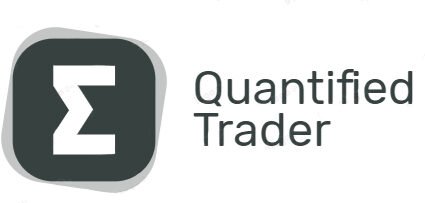Options trading has gained immense popularity among investors and traders in recent years. The flexibility and versatility of options allow traders to craft a wide variety of strategies to achieve their financial objectives. Multileg option strategies, in particular, are advanced trading techniques that involve using combinations of multiple options contracts. These strategies can be used to manage risk, generate income, or speculate on market movements. In this comprehensive guide, we will explore the world of multileg option strategies, covering their basics, key concepts, and some popular examples.
Understanding the Basics of Option Strategies
Multileg option strategies involve the simultaneous use of two or more options contracts. These contracts can be either calls or puts and are typically used in combination to achieve specific goals in the market. Before delving into specific strategies, it’s crucial to understand the fundamental building blocks of options trading:
- Call Options: A call option gives the holder the right, but not the obligation, to buy the underlying asset at a specified price (strike price) before or on a predetermined expiration date.
- Put Options: A put option gives the holder the right, but not the obligation, to sell the underlying asset at a specified price (strike price) before or on a predetermined expiration date.
- Strike Price: The price at which the underlying asset can be bought (for call options) or sold (for put options) when the option is exercised.
- Expiration Date: The date on which the options contract expires and becomes invalid.
- Premium: The amount paid by the options buyer to the options seller for the rights conferred by the contract.
Common Multileg Option Strategies
- Vertical Spreads:
- Bull Call Spread: This strategy involves buying a lower-strike call option and simultaneously selling a higher-strike call option with the same expiration date. It’s used when you’re moderately bullish on the underlying asset.
- Bear Put Spread: In contrast to the bull call spread, the bear put spread involves buying a higher-strike put option and selling a lower-strike put option. This strategy is employed when you’re moderately bearish on the underlying asset.
- Horizontal Spreads:
- Calendar Spread: A calendar spread consists of buying and selling two options with the same strike price but different expiration dates. It is often used to profit from changes in implied volatility.
- Butterfly and Condor Spreads:
- Butterfly Spread: A butterfly spread combines both call and put options with three different strike prices. This strategy is used when the trader expects minimal price movement in the underlying asset.
- Iron Condor: An iron condor strategy involves the combination of both a bull put spread and a bear call spread. It’s used when the trader anticipates a range-bound market.
- Straddles and Strangles:
- Straddle: A straddle involves buying both a call and a put option with the same strike price and expiration date. This strategy is employed when you expect significant price movement but are uncertain about the direction.
- Strangle: A strangle is similar to a straddle, but the call and put options have different strike prices. Traders use this strategy when they anticipate price volatility but are unsure of the direction.
- Ratio Spreads:
- Ratio Call Spread: This strategy involves selling more call options than you buy, typically used when you expect moderate price increases.
- Ratio Put Spread: Similar to the ratio call spread, the ratio put spread involves selling more put options than you buy, often used when you expect moderate price declines.
Benefits and Risks
Multileg option strategies offer several advantages:
- Risk Management: These strategies allow traders to control and mitigate risk by combining multiple options to create customized risk profiles.
- Income Generation: Some multileg strategies can generate consistent income through options premiums.
- Adaptability: Traders can tailor these strategies to their market outlook, whether it’s bullish, bearish, or neutral.
However, they also come with risks:
- Complexity: Multileg strategies can be intricate, requiring a deep understanding of options and market dynamics.
- Higher Transaction Costs: Using multiple options contracts means higher transaction costs due to commissions and bid-ask spreads.
- Limited Profit Potential: While these strategies provide risk management, they may cap profit potential in certain scenarios.
Conclusion
Multileg option strategies are powerful tools in the world of options trading. They offer a level of customization and risk management that can be highly beneficial for both speculative and hedging purposes. However, they require a comprehensive understanding of options and careful analysis of market conditions. To successfully utilize multileg strategies, traders should practice and gain experience through simulated or paper trading accounts before implementing them in real markets. Always remember that options trading carries inherent risks, and it’s essential to consult with a financial advisor or conduct thorough research before engaging in advanced strategies.


